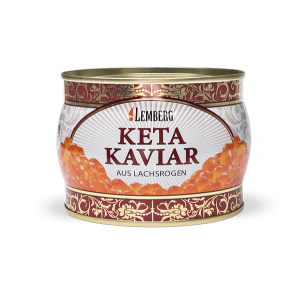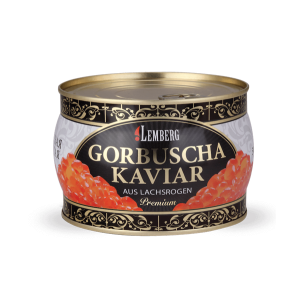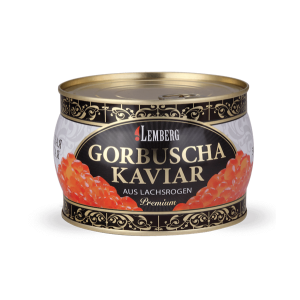Caviar vs Tobiko: A Clash of Culinary Delights
- What is Caviar?
- What is Tobiko?
- Caviar and Tobiko: Culinary Applications
- Nutritional Value and Health Benefits
- Caviar vs Tobiko: Price and Availability
- Conclusion
When it comes to the world of gourmet cuisine, few ingredients evoke a sense of luxury and indulgence quite like caviar and tobiko. Both are fish eggs, prized for their unique flavors, textures, and visual appeal. However, despite their similarities, caviar and tobiko are distinct delicacies with their own characteristics and culinary applications. In this article, we'll explore the key differences between these two epicurean favorites and help you understand what sets them apart.
What is Caviar?
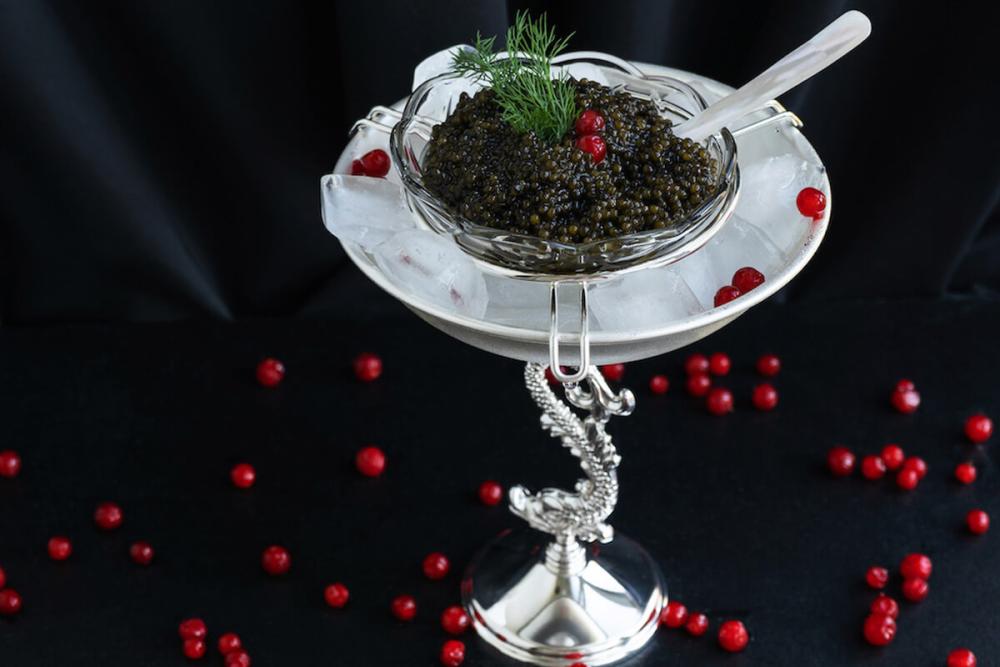 Caviar, in its truest form, refers to the salt-cured roe of sturgeon fish. These majestic creatures, belonging to the Acipenseridae family, are renowned for their large size and longevity. Some of the most sought-after caviar varieties come from the following sturgeon species:
Caviar, in its truest form, refers to the salt-cured roe of sturgeon fish. These majestic creatures, belonging to the Acipenseridae family, are renowned for their large size and longevity. Some of the most sought-after caviar varieties come from the following sturgeon species:
Harvesting caviar is a delicate and time-consuming process. Female sturgeons must reach maturity, which can take over a decade, before their eggs can be collected. The roe is then meticulously sorted, cleaned, and salt-cured to preserve its quality and enhance its flavor.
Caviar is known for its large, glossy pearls that range in color from light gray to deep black, with hues of gold, bronze, and green in between. The eggs have a delicate, buttery texture that bursts in the mouth, releasing a complex array of flavors – from briny and nutty to creamy and sweet.
Read more about types of caviar
What is Tobiko?
Tobiko, on the other hand, is the tiny, crunchy roe of the flying fish, most commonly the Japanese species Cheilopogon agoo. These small, nutrient-packed eggs measure less than 1 millimeter in diameter and are harvested from the fish's ovaries.
Much like caviar, tobiko undergoes a curing process that involves cleaning the roe and treating it with salt. This not only preserves the eggs but also imparts a subtle smoky flavor that complements its natural sweetness and brininess.
In its natural state, tobiko is a vibrant reddish-orange color. However, it is often infused with other ingredients to create a range of hues and flavors:
- Green tobiko: Infused with wasabi for a spicy kick
- Black tobiko: Colored and flavored with squid ink for a rich, umami taste
- Yellow tobiko: Enhanced with citrus, such as yuzu, for a tangy twist
- Red tobiko: Intensified with chili or beets for added color and flavor
Caviar and Tobiko: Culinary Applications
One of the most significant differences between caviar and tobiko lies in their culinary uses. Caviar is often enjoyed as a luxurious appetizer or garnish, served chilled on a bed of ice with accompaniments like blinis, crème fraîche, and chopped hard-boiled eggs. Its delicate flavor profile is best appreciated when paired with neutral-tasting ingredients that allow the caviar to shine.
Tobiko, in contrast, is a versatile ingredient that finds its way into numerous Japanese dishes. It is a staple in sushi rolls, particularly the California roll, where it adds a satisfying crunch and a pop of color to the rice and nori exterior. Tobiko also adorns sashimi presentations, providing a visually appealing contrast to the smooth, raw fish slices.
One popular preparation that showcases tobiko's unique qualities is the gunkan maki, or "battleship" sushi. This oval-shaped morsel features a mound of tobiko perched atop a compact bed of sushi rice, all wrapped in a strip of dried seaweed. The combination of textures and flavors – from the creamy roe to the slightly sticky rice and crisp nori – creates a harmonious bite-sized delight.
Nutritional Value and Health Benefits
Both caviar and tobiko offer a range of nutritional benefits, making them not only tasty but also health-supportive choices. Caviar is naturally rich in protein, omega-3 fatty acids, vitamin B12, and selenium, all of which contribute to overall well-being. However, it is also high in sodium and cholesterol, so it should be consumed in moderation.
Tobiko, like caviar, is an excellent source of protein and omega-3s, which support heart and brain health. It also contains vitamins A and D, which are essential for maintaining healthy vision, skin, and bones. Additionally, tobiko is a good source of selenium, an antioxidant that helps protect cells from damage caused by free radicals.
Caviar vs Tobiko: Price and Availability
Perhaps the most striking difference between caviar and tobiko is their price and availability. Caviar, due to the scarcity of sturgeon and the labor-intensive harvesting and processing methods, comes with a hefty price tag. Some of the rarest and most sought-after varieties, like beluga caviar, can cost hundreds or even thousands of dollars per ounce.
Tobiko, on the other hand, is far more affordable and widely available. Its lower price point can be attributed to the relative abundance of flying fish and the simpler harvesting and curing techniques involved. As a result, tobiko is a common ingredient in Japanese restaurants and sushi bars around the world, making it accessible to a broader range of consumers.
Conclusion
While caviar and tobiko share some similarities as fish roe delicacies, they are ultimately distinct in their origins, flavors, textures, and culinary applications. Caviar, with its large, luscious pearls and exquisite taste, remains the epitome of luxury cuisine – a rare treat reserved for special occasions and discerning palates.
Tobiko, in contrast, is a more approachable and versatile ingredient that adds a delightful crunch, color, and flavor to a wide array of Japanese dishes. Its affordability and availability make it a favorite among sushi lovers and adventurous foodies alike.
So the next time you find yourself savoring a spoonful of briny caviar or biting into a tobiko-topped sushi roll, take a moment to appreciate the distinct qualities that make each of these delicacies so special. Although caviar can be quite expensive, you can always purchase it at the best prices in the UK from our store, Lemberg.
Lat update: 17.04.2024
Our bestsellers
More Recipes & Tips
Indulge in the exquisite flavors of Ossetra caviar. With its medium-sized eggs, this delicacy offers a buttery taste and a subtle hint of nuttiness. Elevate your dining experience with this luxurious treat, perfect for special occasions.
While the original Persian word khavyar simply means "egg," not every egg can be described as caviar. Some producers tend to apply this prestigious label to any type of roe from capelin to salmon and everything in between.
Whether you want to enjoy the luxurious black caviar or prefer to opt for a less costly red variety, it is important to know how to serve caviar. Read on to learn what garnishes and drinks to offer to your party.
There are many different technologies for extracting caviar, depending on a variety of factors. And since a thorough discussion of this topic falls outside the scope of our article, we will only describe the most common method...
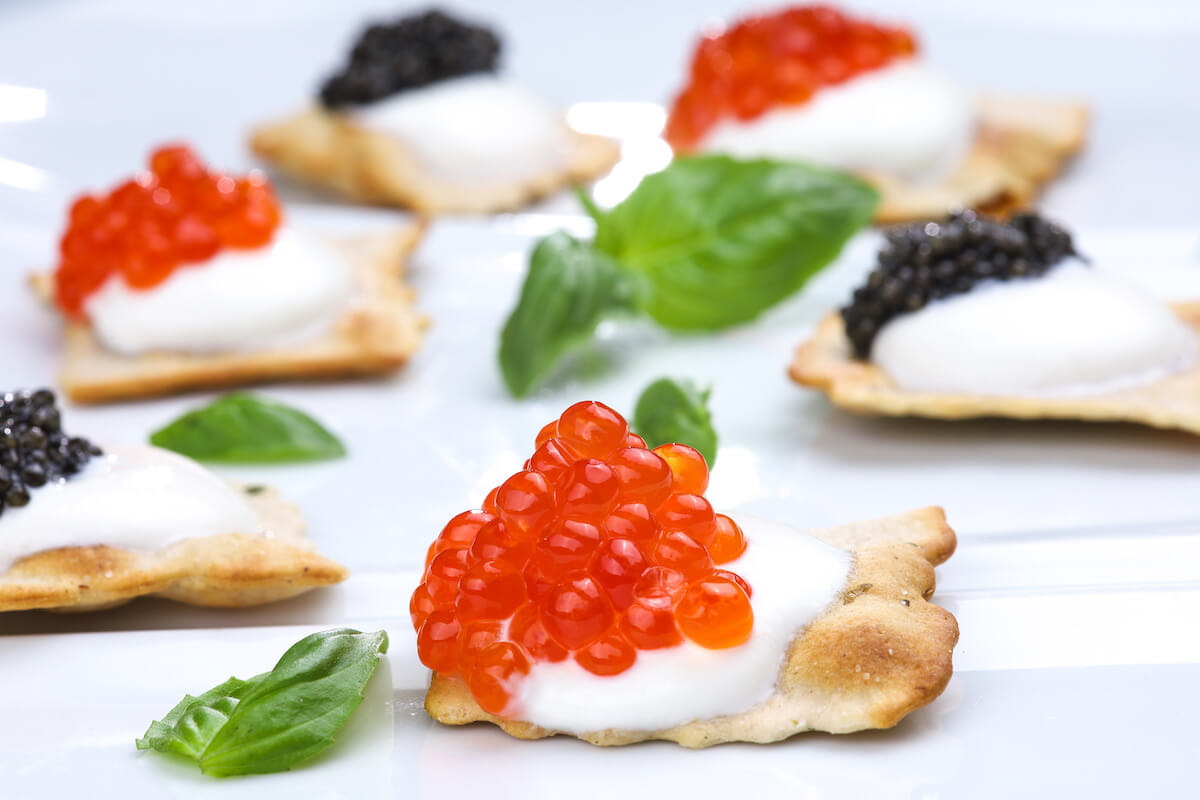
Indulge in the exquisite flavors of Ossetra caviar. With its medium-sized eggs, this delicacy offers a buttery taste and a subtle hint of nuttiness. Elevate your dining experience with this luxurious treat, perfect for special occasions.
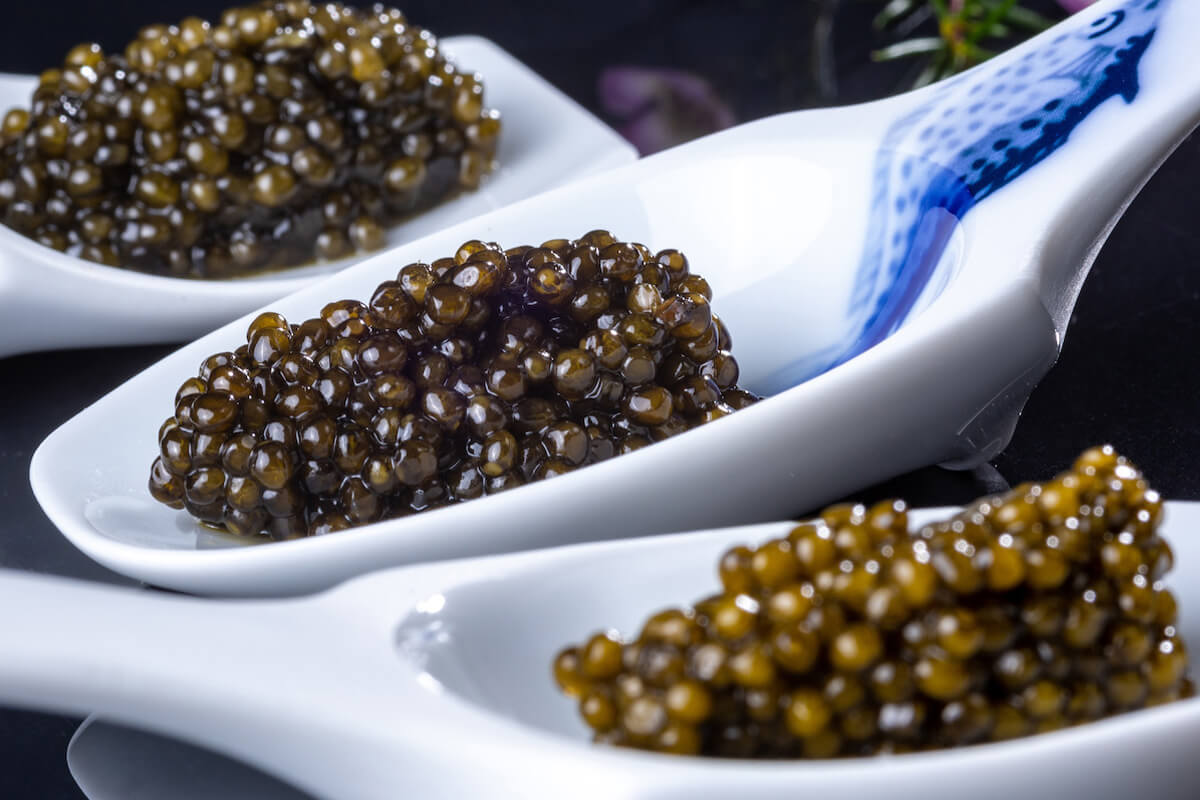
While the original Persian word khavyar simply means "egg," not every egg can be described as caviar. Some producers tend to apply this prestigious label to any type of roe from capelin to salmon and everything in between.
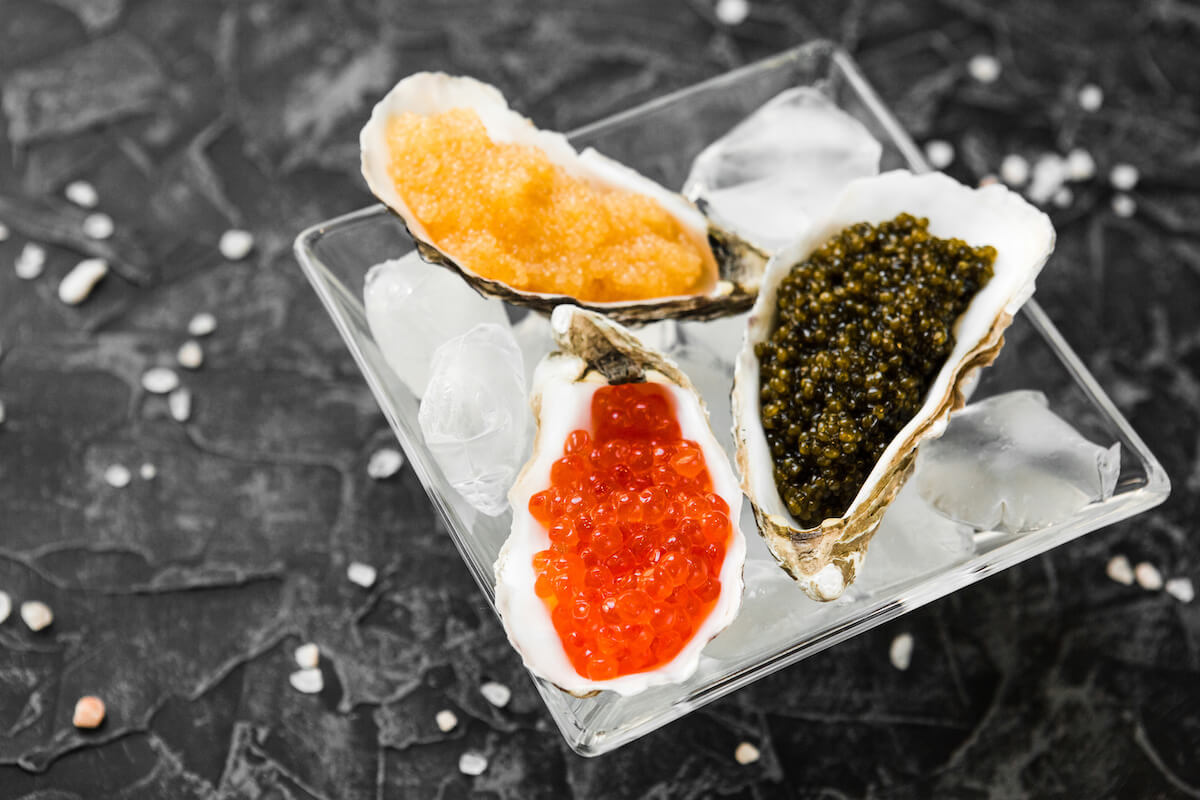
Whether you want to enjoy the luxurious black caviar or prefer to opt for a less costly red variety, it is important to know how to serve caviar. Read on to learn what garnishes and drinks to offer to your party.

There are many different technologies for extracting caviar, depending on a variety of factors. And since a thorough discussion of this topic falls outside the scope of our article, we will only describe the most common method...

 Русский
Русский
